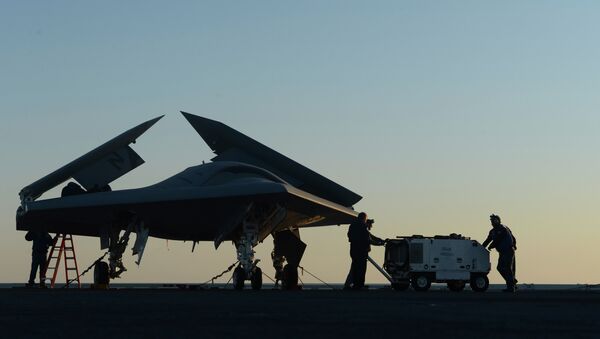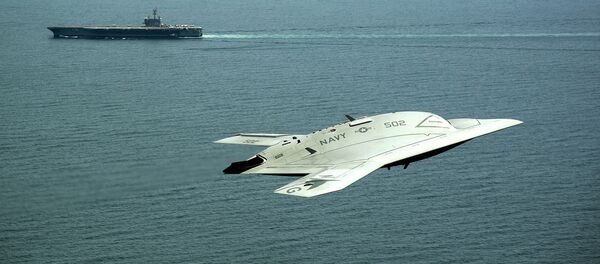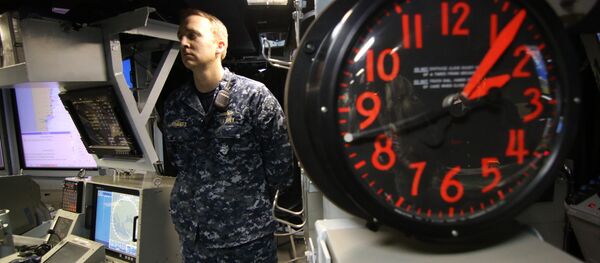A pilot landed an F-18 equipped with the aptly named “Magic Carpet” software program on the deck of the Navy's Nimitz-class supercarrier USS George H W Bush, naval-technology.com reported.
"This underway marked the first use of the Magic Carpet technology on an aircraft carrier. This software greatly reduces misses and wave-offs, which translates into more time on-mission and makes us an overall more effective force,” said Navy Assistant Air Operations Officer Lieutenant Commander Dan Marzluff.
The at-sea tests will continue, and follow recent successful land-based tests at Naval Air Systems Command, Patuxent River, Maryland.
The software name is an acronym for Maritime Augmented Guidance with Integrated Controls for Carrier Approach and Recovery Precision Enabling Technologies. The technology is slated to deploy by 2019 on F/A-18E/F Super Hornets and E/A-18G Growler electronic jamming aircraft.
The software maintains a commanded glideslope and angle of attack, allowing the pilot to concentrate on holding a proper line-up, the Navy said in a statement.
“A pilot can take symbology on the HUD (heads up display) and he can move it to a symbol or a place on the flight deck and let go of the controls. The airplane knows with that symbol that is where I want to land. It will continually land on that spot,” explained Rear Admiral Michael Manazir, Director of Air Warfare.
Pilots attempting to land on a carrier have to account for the speed of the aircraft speed and the ship, as well as weather. Magic Carpet reduces the number of adjustments the pilot must make while landing.
“When we land an aircraft on an aircraft carrier, it is kind of a three connection thing,” Manazir said. “You see the deviation, you correct, you re-correct and then you correct one more time as you go so there you are kind of chasing the parameters.”
“With Magic Carpet, the pilot can move the stick and move reference point and the stick does not have to re-correct. That is where the airplane is going to go. It is control-law software – and it actually moves the flight control surfaces to make that work to where the aircraft is going to go. It is not just symbology,” Manazir added.




